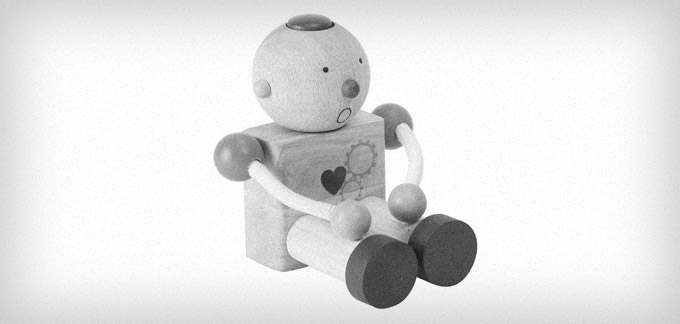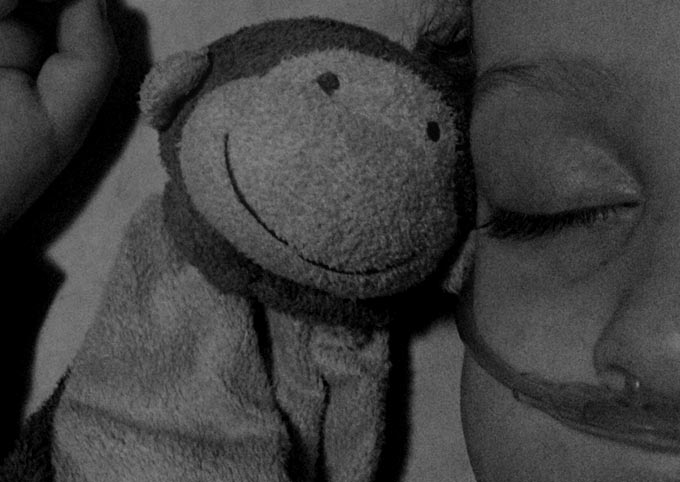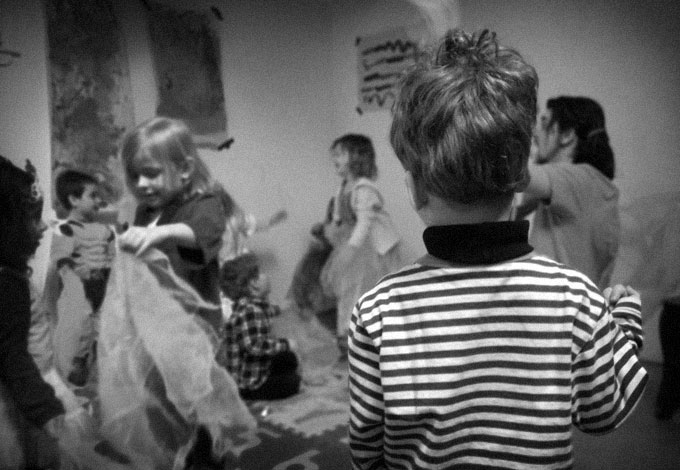 I know what I'm getting C for his 3rd birthday in a couple of weeks: a new robot from Plan Toys designed specifically to help ASD children identify emotions, address sensory issues, and improve fine motor skills. As a bonus, the robot is made in an eco-friendly fashion.
I know what I'm getting C for his 3rd birthday in a couple of weeks: a new robot from Plan Toys designed specifically to help ASD children identify emotions, address sensory issues, and improve fine motor skills. As a bonus, the robot is made in an eco-friendly fashion.
I just read about it on Co.Design, and I've already ordered one from Amazon. C seems to understand "happy," but it's less clear to me that he's able to interpret other emotions like anger, fear, or surprise; this is a common ASD trait.
According to the article, "Laura Chun Urquiaga, a former photojournalist, designed the toy in consultation with a team of experts in ASD, ranging from occupational therapists and parents of children with ASD to researchers and teachers. In response to parent requests for a toy that didn’t look like a special-needs tool, Urquiaga settled on a robot figure that would appeal to both boys and girls, as well as children without ASD."
I hope C enjoys it; I'll report back when he's had a chance to try it out.

 I feel terrible. Tonight when I put C in bed, he wouldn't stop crying. I asked him what was wrong, but he couldn't respond coherently. I knew he was exhausted after a full day of therapy, so I rubbed his back until he drifted off.
I feel terrible. Tonight when I put C in bed, he wouldn't stop crying. I asked him what was wrong, but he couldn't respond coherently. I knew he was exhausted after a full day of therapy, so I rubbed his back until he drifted off.